 THE MINERAL ADAMITE
THE MINERAL ADAMITE
- Chemistry: Zn2AsO4(OH), Zinc Arsenate Hydroxide
- Class: Phosphate Class
- Subclass: Arsenates
- Uses: Only as mineral specimens
Specimens
Adamite is isostructural with the minerals cuproadamite - (Cu, Zn)2(AsO4)(OH), olivenite - Cu2AsO4(OH) and libethenite - Cu2PO4(OH). This means that they share the same symmetry and similar crystal shapes. Cuproadamite, which is intermediate between adamite and olivenite, is not completely recognized as a different mineral from adamite but is becoming accepted in ordinary usage.
Adamite is not easy to mistake for any other mineral. Its bright green fluorescence, high luster, "sub" botyroidal crystal habit, high density, associations, typical bright green color and double triangle terminations make it both an exquisite specimen for a collection and an easy identification. Adamite typically shows a radiating habit that is intermediate between a simple druse and a botryoidal habit which gives a nice glimpse into how botryoidal habits form.
PHYSICAL CHARACTERISTICS:
- Color is typically green due to trace amounts copper and or uranium, yellow, rarely white and occasionally purple due to trace amount of cobalt.
- Luster is adamantine.
- Transparency: Crystals are transparent to translucent.
- Crystal System is orthorhombic; 2/m 2/m 2/m
- Crystal Habits include diamond shaped, wedge-like prisms sometimes modified with minor prismatic faces and terminated by a double triangle. Mostly in druses and radiating clusters that can form wheel and wheat sheaf shapes. Rarely in a perfectly smooth botryoidal habit like smithsonite, but commonly found with well formed double triangular crystal terminations that sparkle on the top of the "sub" botryoidal surface.
- Cleavage is perfect in two directions at non-right angles to each other (domal).
- Fracture is conchoidal.
- Hardness is 3.5.
- Specific Gravity is approximately 4.4 (heavy for translucent minerals)
- Streak is white to pale green.
- Other Characteristics: Strongly fluoresces green in short and long UV light.
- Associated Minerals are legrandite, limonite, smithsonite, austinite, paradamite, aragonite, calcite, mimetite, conichalcite and other oxidation zone minerals.
- Notable Occurrences include the famous mines at Mapimi, Mexico; also Greece and California and Utah, USA.
- Best Field Indicators are crystal habit, color, luster, density, fluorescences and associations.
 Amethyst Galleries' Mineral Gallery MINERALS |
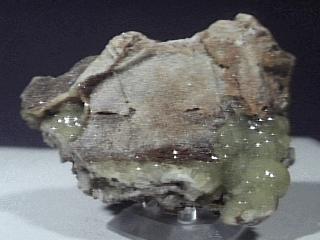
$ 30.00

ada-2 ($ 30.00)
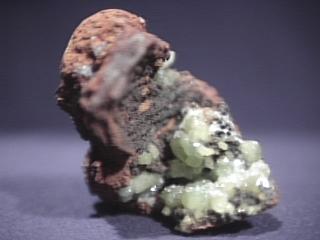
$ 25.00

ada-3 ($ 25.00)

$ 22.00
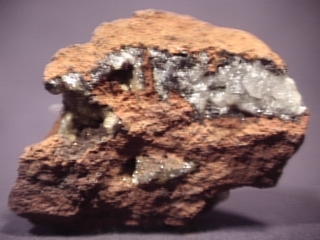

ada-4 ($ 22.00)
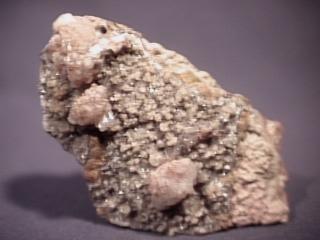
$ 25.00
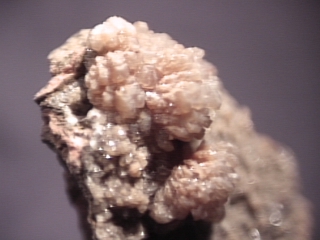

ada-5 ($ 25.00)
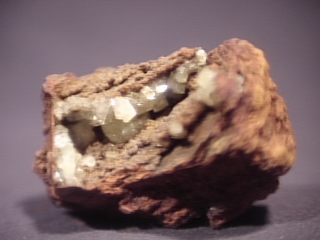
$ 20.00

ada-6 ($ 20.00)
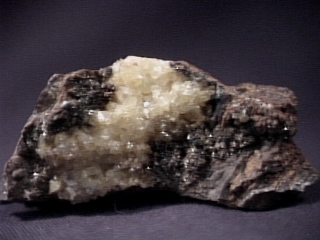
$ 24.00

ada-7 ($ 24.00)
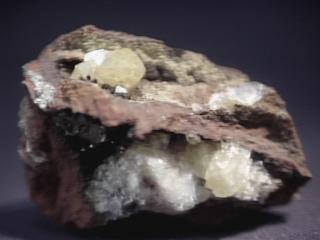
$ 20.00
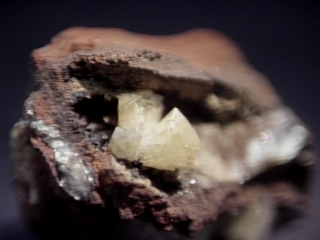

ada-8 ($ 20.00)
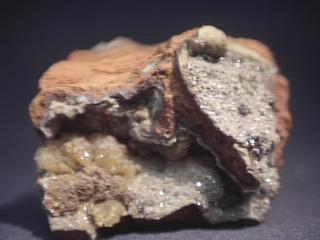
$ 25.00
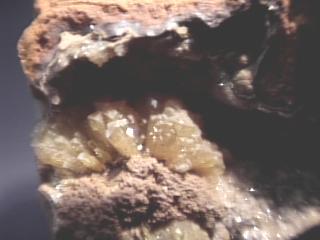

ada-9 ($ 25.00)
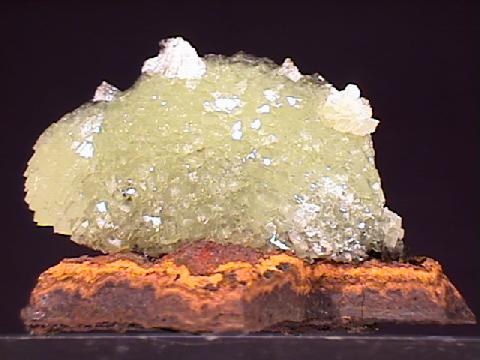
$ 55.00

ada-12 ($ 55.00)
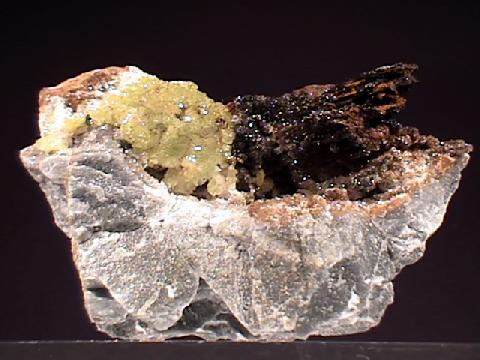
$ 35.00

ada-13 ($ 35.00)
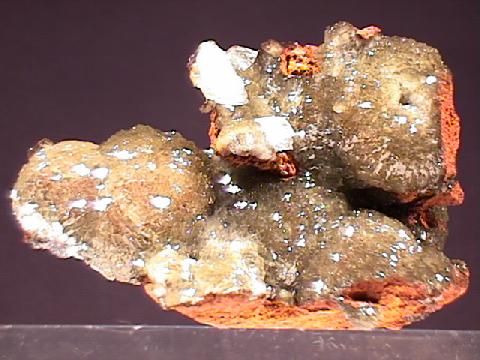
$ 100.00

ada-14 ($100.00)
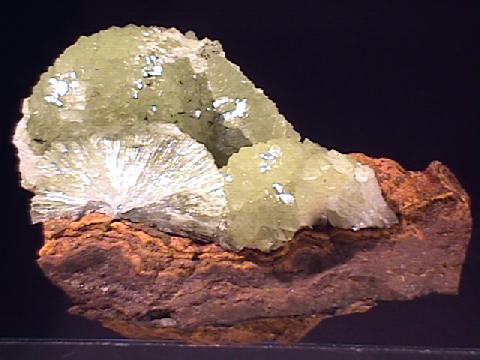
$ 150.00
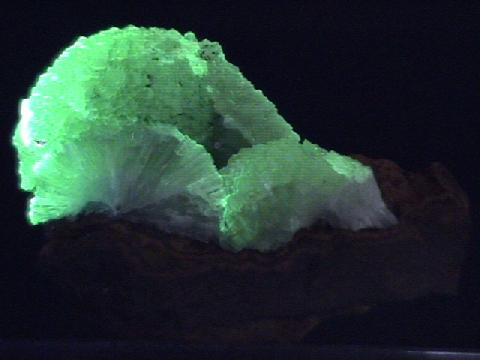

ada-15 ($150.00)
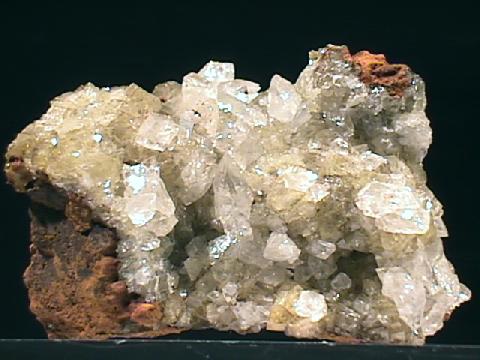
$ 25.00

ada-16 ($ 25.00)

$ 26.00
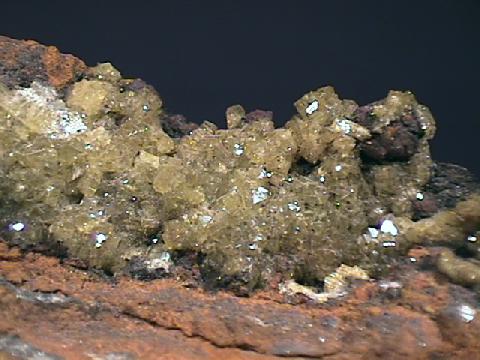

ada-17 ($ 26.00)
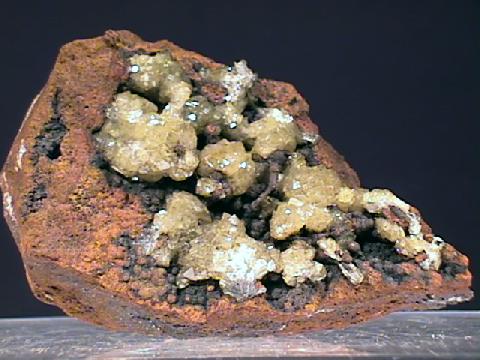
$ 25.00

ada-18 ($ 25.00)
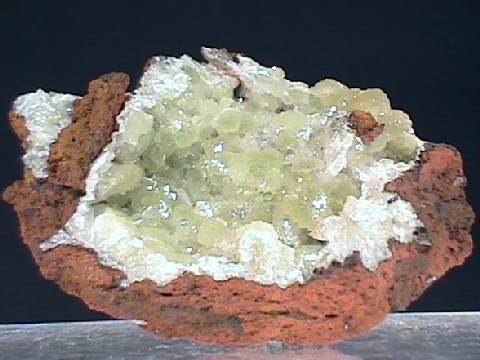
$ 25.00

ada-19 ($ 25.00)
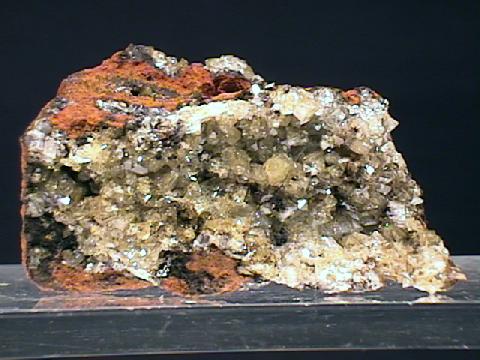
$ 25.00

ada-20 ($ 25.00)
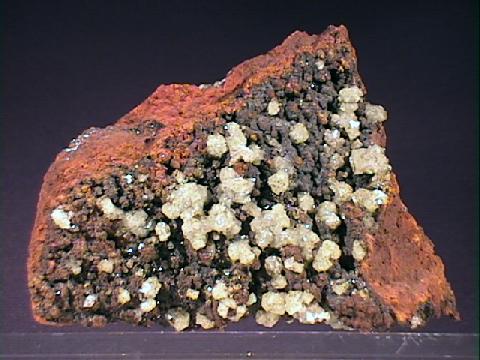
$ 33.00

ada-21 ($ 33.00)

$ 75.00
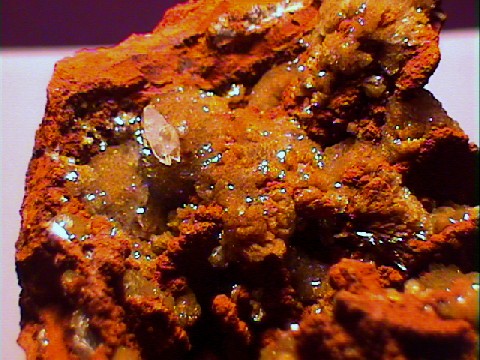

ada-22 ($ 75.00)

$ 32.00

ada-23 ($ 32.00)
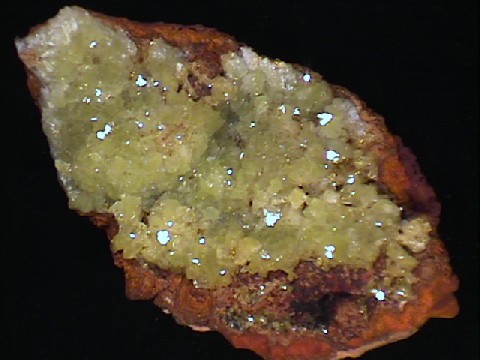
$ 110.00


ada-24 ($110.00)
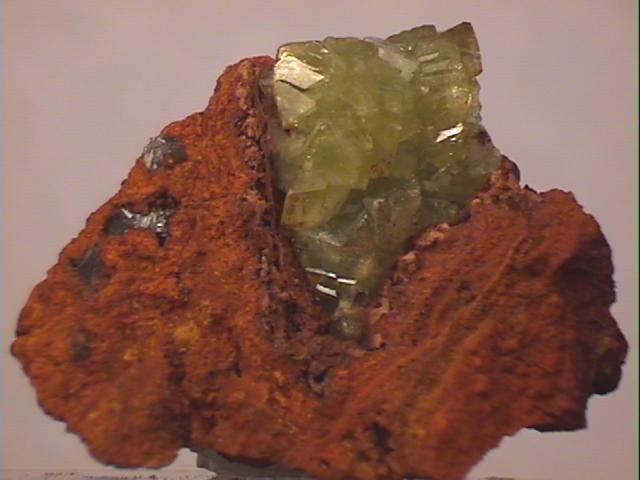
$ 30.00
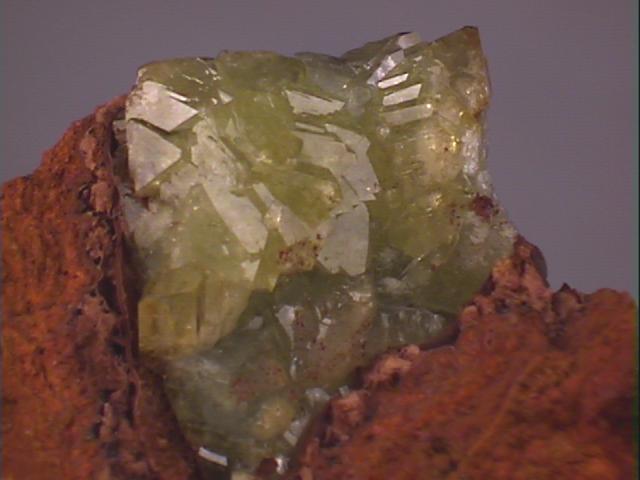

ada-25 ($ 30.00)